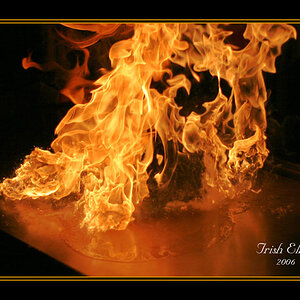Deltapeter
TPF Noob!
I have a box of Panoramic Negatives from the early 1900's. Most of them are VERY tightly curled. I was able to open some of them and place them between two sheets of glass I had cut to size to place on my scanner. Some are so brittle and tightly curled that they rip when I try to open them. I am looking around web sites for tips on how to solve my dilemma. For a thought, maybe holding one over a steam kettle or something like that. I don't want to take a chance on damage. Anyone out there with any suggestions?
Thanks.
Thanks.





![[No title]](/data/xfmg/thumbnail/41/41902-e45a2db116295062060b22cde75818ed.jpg?1619739939)







